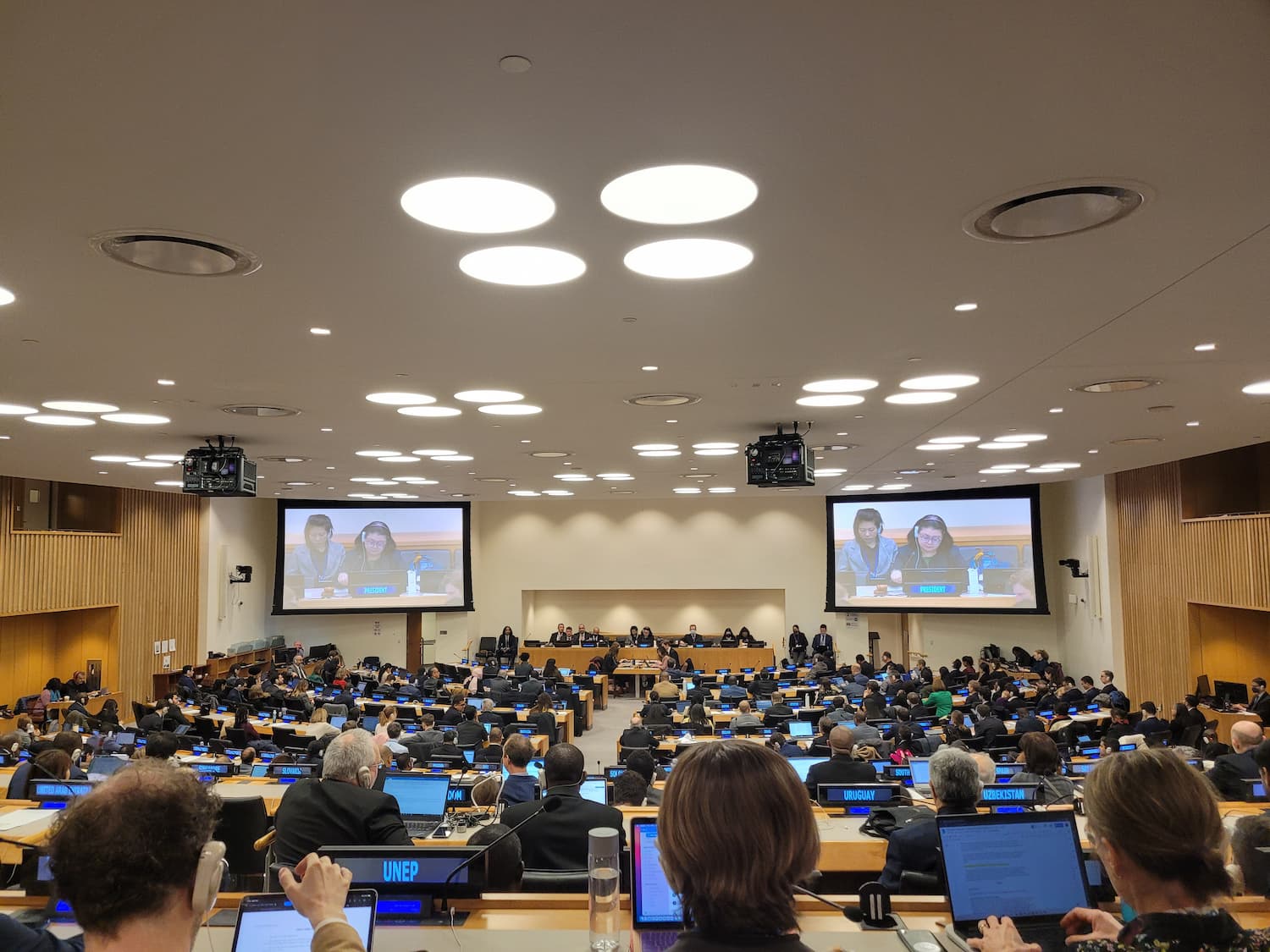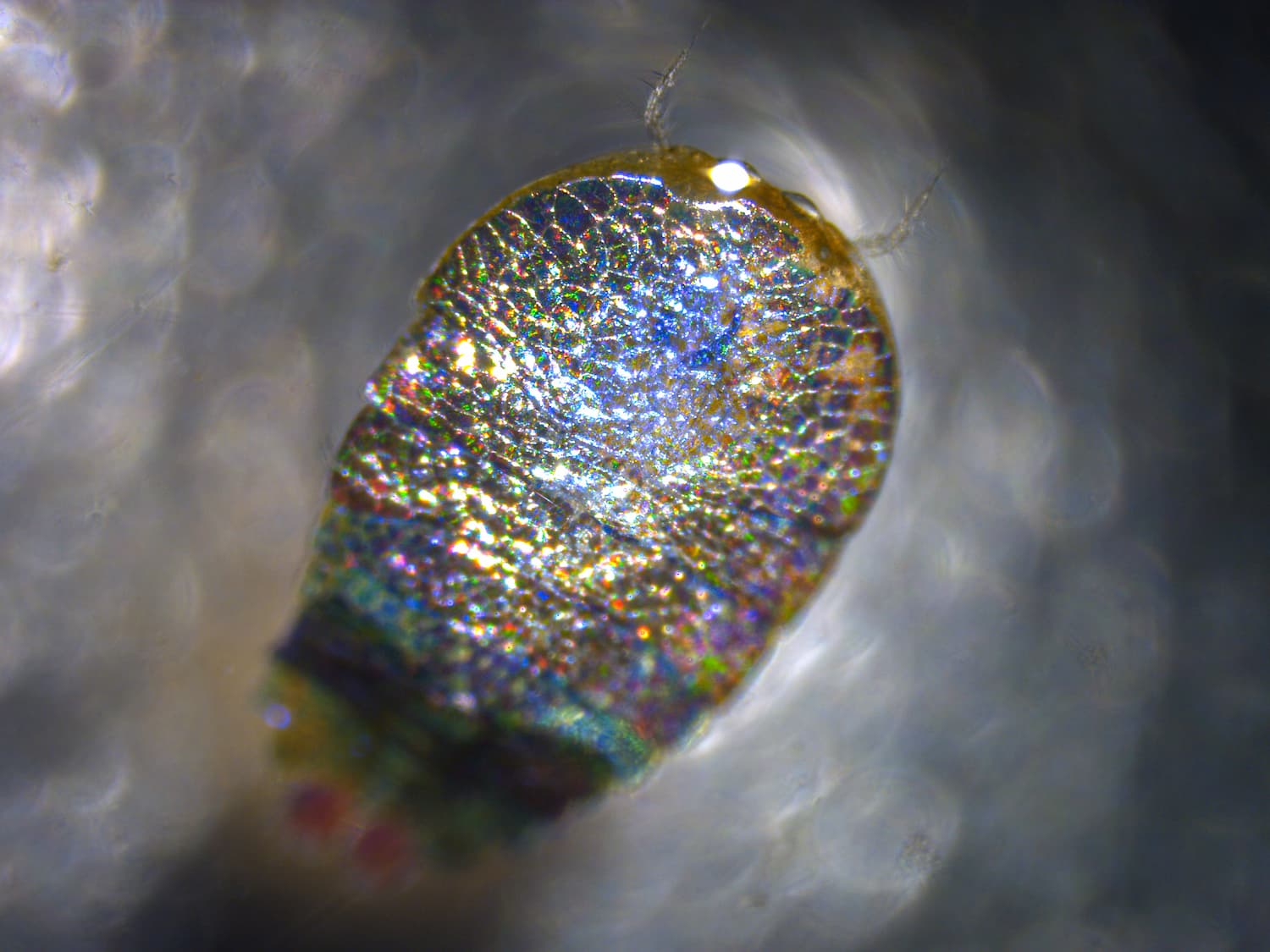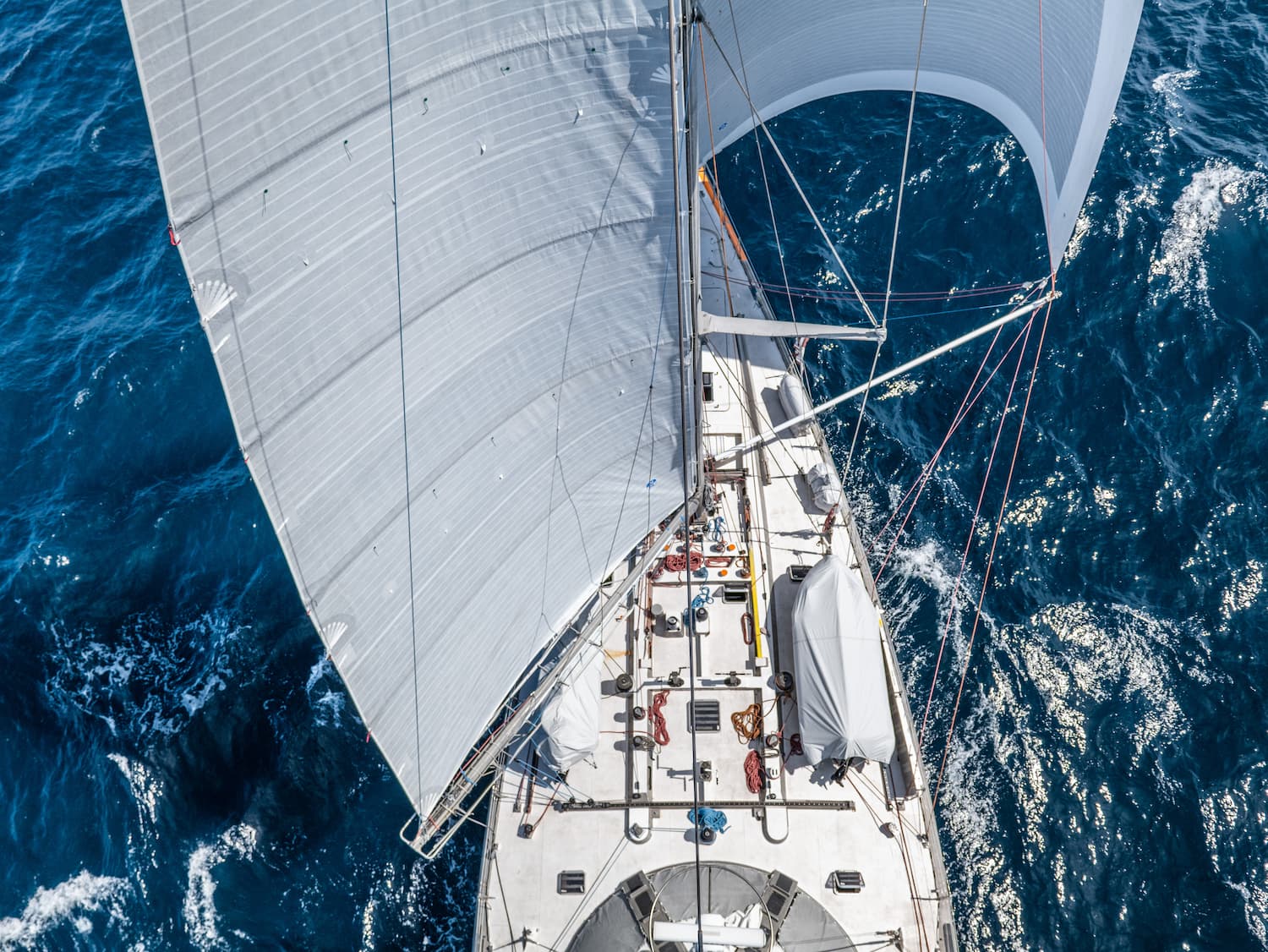After fifteen years of negotiations, the UN adopts the Treaty for the Protection of Biodiversity in the High Seas!
After two weeks of work and a final session in marathon mode lasting more than 36 hours, the negotiators were able to remove all obstacles to the adoption of the text of the international treaty on biodiversity on the high seas.

Although three States are not satisfied with all the provisions of the text and have expressed reservations about the final draft, the conclusion of these negotiations represents a historic moment for the Ocean, which lacked a protection instrument for biodiversity beyond the coastal areas under national jurisdiction. The text will now be forwarded to a working group that will review the consistency of legal terms in the different UN languages.
Since the official start of the negotiations in 2012, the discussions have been difficult in many respects, particularly concerning the status of the high seas, which represent more than 70% of the Ocean, i.e. half of the total surface area of the planet! In a few words, the States were divided between those who wished to retain the principle of freedom of the high seas and those who wished to consider them as the common heritage of mankind, implying a regime for sharing the profits from the commercialisation of marine resources.
Despite this particular issue, which almost prevented the agreement from being reached in the end, there were also other very difficult points of negotiation, linked to very political issues, in particular :
- On the conditions for the establishment and management of future Marine Protected Areas (MPAs) on the high seas. Exit options and other special clauses for regions under geopolitical tension, such as the Arctic or the China Sea, were adopted.
- On the status, access and traceability of genetic data of marine resources. The definition of a mechanism for managing genetic information has been difficult, due to a complex overlap with some provisions of the Convention on Biological Diversity (CBD).
- On funding mechanisms. The confirmation of the amounts allocated to the special fund that will have to ensure training and access to these resources for developing countries.

On these points, everything still seemed to be blocked on the morning of the last day of the negotiations. Some observers even reported a failure during the day on Friday. But in the end, the persistence of Chairperson Rena Lee, as well as the skill and dedication of the negotiators and observers, led to compromises on both sides, allowing the text to be cleaned up to a final draft acceptable to almost all countries, with the exception of Russia, Turkey and Nicaragua, who asked for time to ratify their decision.
It is important to emphasise that the text is historic because it is a legally binding instrument, not just a collection of goodwill. It creates a new international authority for the high seas, with its own secretariat, scientific council and ‘COP’ as its executive body. From now on, we must first work towards its ratification as soon as possible, and then conclude, at the first Conference of the Parties, several technical points that have not yet been defined.
We hope, as it was the case for the Paris Treaty, for a rapid ratification, allowing us to launch the first Conference of the Parties in 2025, when the States will concretely define the deadlines and consultations necessary to establish the Marine Protected Areas, the modalities of financing research or the different roles of the scientific council.
The Tara Ocean Foundation is particularly pleased with this success, as we have been working on it since the preparatory sessions held at the Rio+20 Conference in 2012. We have come a long way, but we finally have this treaty!
By André Abreu, Director of Advocacy and International Cooperation.
